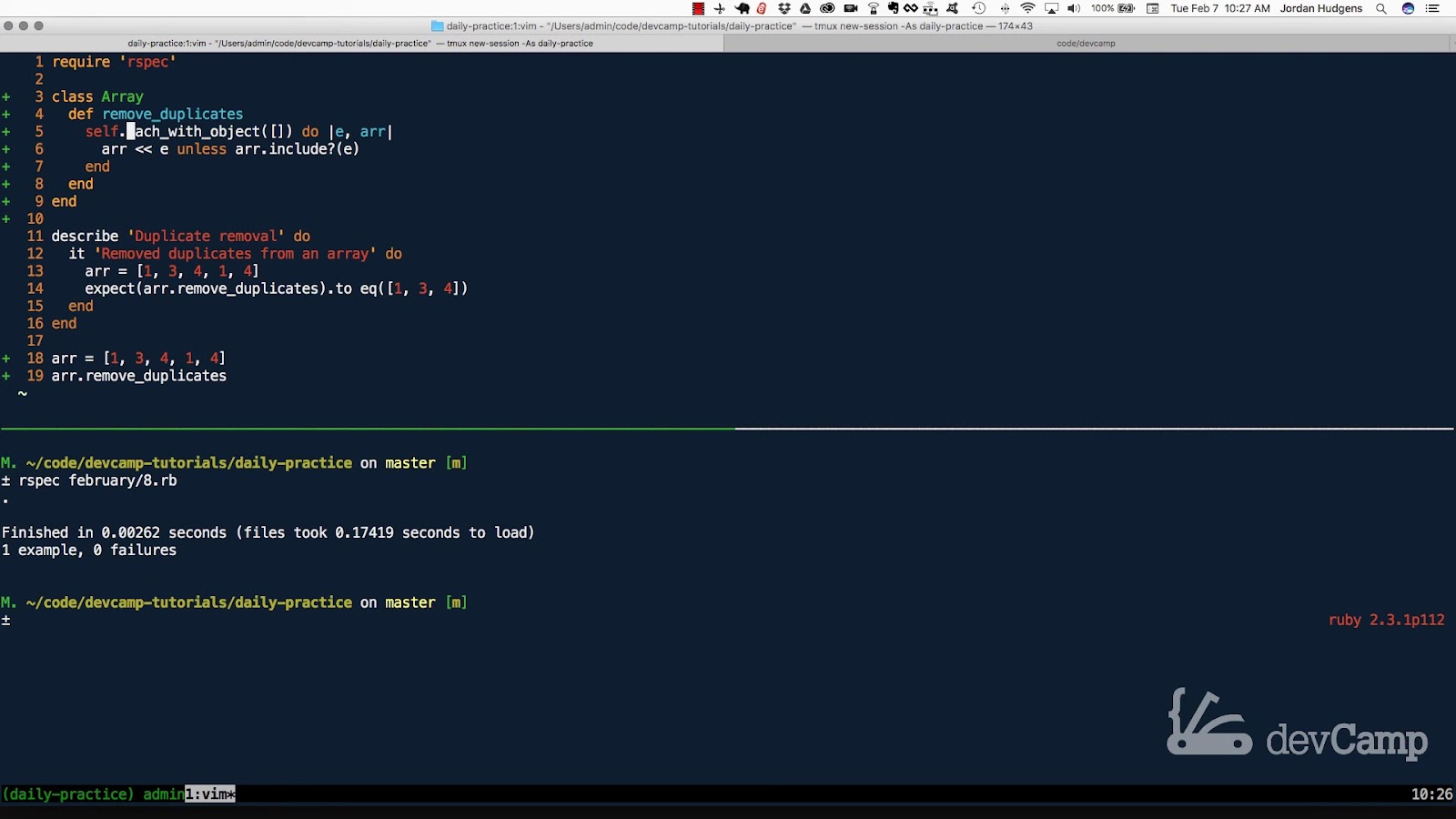In the realm of Ruby programming, mastering keywords like ‘next’ and ‘break’ is crucial for writing efficient and concise code. These keywords play a vital role in controlling the flow of loops, allowing developers to skip iterations or terminate loops prematurely. To harness the full power of Ruby, it’s essential to grasp the nuances of these keywords and leverage them effectively in your code. In this comprehensive guide, we’ll delve into the functionality of ‘next’ and ‘break’ keywords, explore their usage scenarios, and provide practical examples to enhance your understanding of Ruby programming.
Understanding Ruby’s Next Keyword
The ‘next’ keyword in Ruby serves as a tool to skip a particular iteration within a loop. It allows developers to bypass specific conditions or elements in a loop iteration, optimizing the execution flow of their code. Let’s explore the functionality of the ‘next’ keyword through examples:
Consider a scenario where you’re iterating over a collection of strings and want to exclude elements with a certain length, say 4 characters. Here’s how you can achieve this using the ‘next’ keyword:
ruby
strings = ["one", "two", "four", "five"] strings.inject(0) do |sum, str| next sum if str.size == 4 sum + str.size endIn this example, the ‘next’ keyword ensures that iterations involving strings with a length of 4 characters are skipped. However, it’s crucial to note that by default, ‘next’ returns ‘nil.’ To maintain the integrity of your calculations, you can modify the usage of ‘next’ to preserve the desired value, as demonstrated in the code snippet.
Furthermore, while ‘next’ provides a mechanism to skip iterations, it’s advisable to explore alternative approaches, such as pre-filtering arrays or utilizing ternary operators, to enhance code readability and performance.
Exploring Ruby’s Break Keyword
In contrast to ‘next,’ the ‘break’ keyword in Ruby facilitates the early termination of loops, allowing developers to exit a loop prematurely based on certain conditions. This capability proves particularly useful when iterating over collections or performing repetitive tasks. Let’s illustrate the functionality of the ‘break’ keyword with an example:
ruby
count = 0 loop do break if count == 10 puts count count += 1 endIn this example, the loop iterates through numbers from 0 to 9, and the ‘break’ keyword ensures that the loop terminates when the count reaches 10. This mechanism enables developers to control the execution flow efficiently and achieve desired outcomes within their programs.
Moreover, while ‘break’ provides a means to exit loops prematurely, it’s essential to consider alternative loop constructs, such as ‘times,’ ‘upto,’ or utilizing ranges in conjunction with the ‘each’ method, to enhance code clarity and maintainability.
Mitigating Confusion: Next as a Ruby Method
It’s worth noting that despite serving as a keyword, ‘next’ can also be utilized as a method within certain Ruby classes, such as String and Integer. This duality may lead to potential confusion among developers, highlighting the importance of understanding context and utilizing appropriate syntax. Let’s examine an example showcasing the usage of ‘next’ as a method:
ruby
1.next # Output: 2 "zz".next # Output: "aaa"In this illustration, the ‘next’ method behaves differently based on the context of its invocation. For integers, it increments the value by 1, while for strings, it generates the next sequential value based on the alphanumeric sequence. By acknowledging this distinction, developers can mitigate confusion and leverage the versatility of ‘next’ across different contexts.
Conclusion
In conclusion, mastering the ‘next’ and ‘break’ keywords in Ruby empowers developers to write more efficient, readable, and maintainable code. By understanding the nuances of these keywords and their respective functionalities, developers can optimize loop constructs, enhance code logic, and streamline program execution. Whether it’s skipping iterations, terminating loops early, or leveraging ‘next’ as a method within specific contexts, Ruby provides versatile tools to meet diverse programming requirements. As you continue to refine your Ruby skills, embrace the power of ‘next’ and ‘break’ to elevate your coding prowess and unlock new possibilities in your software development journey.
Now, armed with knowledge and practical examples, it’s your turn to practice and explore the limitless potential of Ruby programming.


